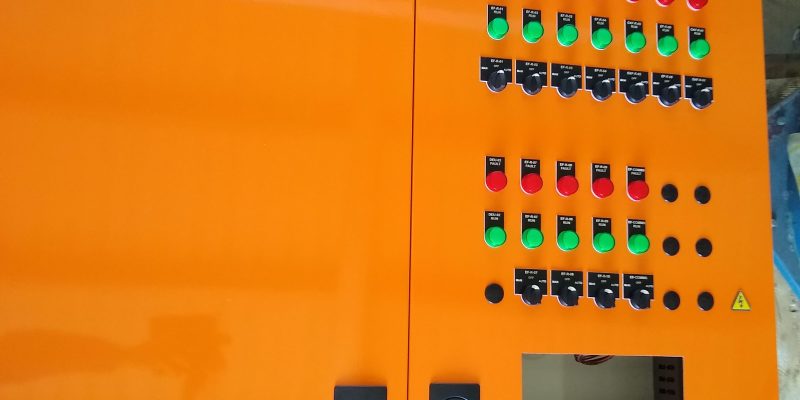When discussing electrical systems, the terms “switchboard” and “control board” often come up. Despite their names, they refer to different components within the electrical infrastructure.
Here’s a look at their differences:
Electrical Switchboards
Definition and Function: An electrical switchboard is a central hub in electrical distribution systems. It manages and distributes electricity from one or more sources to various load circuits.
Key Features:
- Component Housing: Contains switches, fuses, and circuit breakers.
- Safety Mechanisms: Prevents electrical overloads and short circuits.
- Customization: Can be tailored to specific facility needs.
- Voltage Handling: Handles high voltage, suitable for commercial or industrial settings.
Usage: Used in commercial buildings, industrial facilities, and large residential complexes to distribute power safely and efficiently.
Control Boards
Definition and Function: A control board is a panel housing switches for controlling electrical circuits.
Key Features:
- Controls: Contains switches for turning circuits on and off.
- Components: numerous components compared to switchboards.
- Lower Voltage: Handles low and extra low voltage levels.
- Ease of Use: User-friendly for quick access and control.
Usage: Common in industrial manufacturing settings, managing electrical tasks like process control.
Key Differences
- Complexity and Components:
- Switchboards: Basic, with fewer components.
- Control Boards: Complex, with numerous components.
- Voltage Handling:
- Switchboards: Low/high voltage.
- Control Boards: Low/extra low voltage.
- Customisation:
- Switchboards: Highly customisable.
- Control Boards: High customisation.
- Safety and Protection:
- Switchboards: Advanced safety features.
- Control Boards: Basic protection.
Conclusion
Switchboards and control boards serve distinct roles. Switchboards are essential for complex, low/high-voltage systems in large facilities, while control boards handle complex, low/extra low-voltage tasks in smaller settings.

